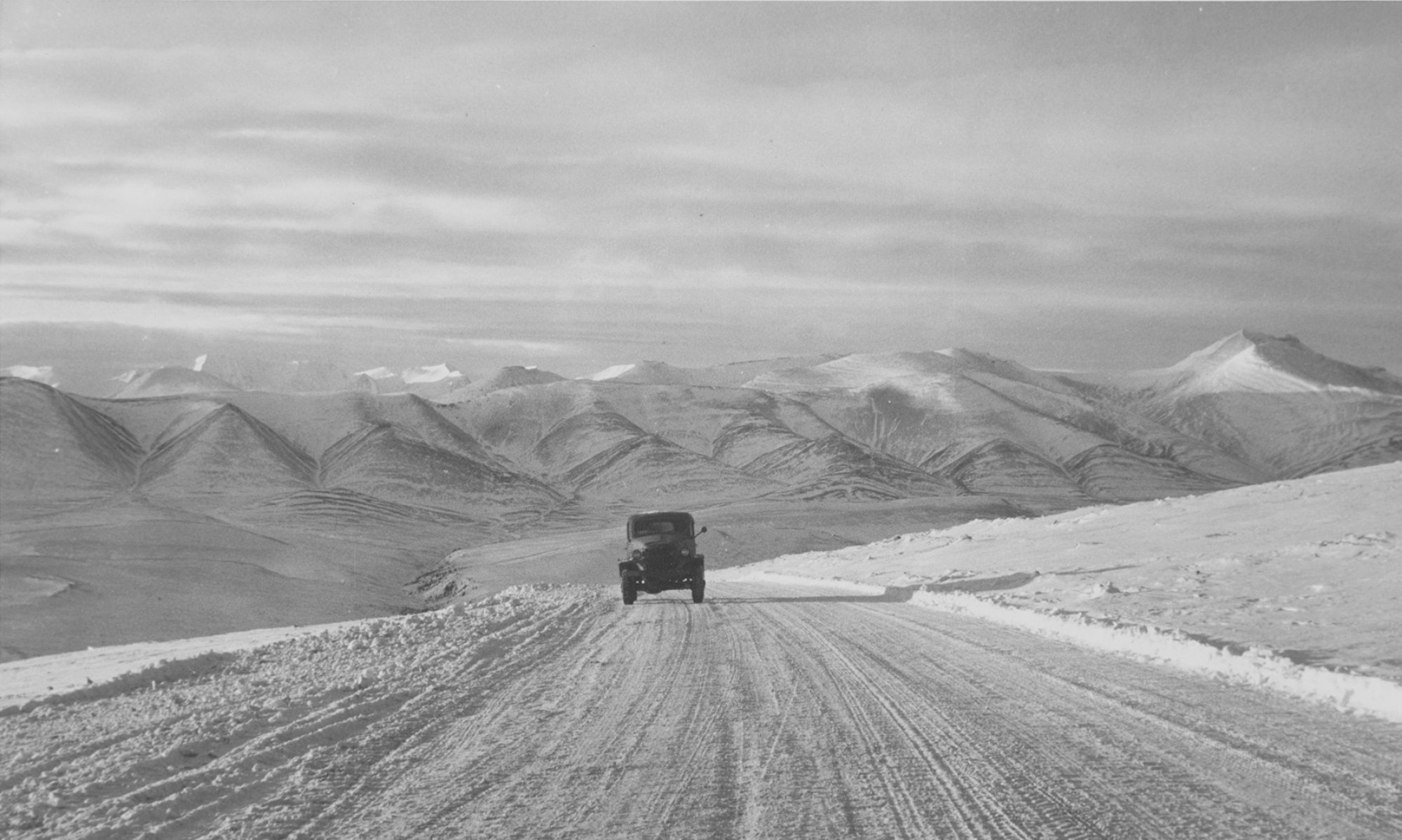My research looks at the history of the Canadian North, especially the history of field science, exploration, travel, and resource exploitation. I’m interested in the relationship between colonialism and knowledge about the North in the first half of the twentieth century. I study how southerners constructed themselves as northern experts, and how their actions affected both northern residents and landscapes and southern perceptions of the North.
I’m also curious about the relationship between the North and modernity. Paradoxically, in early twentieth-century Canada, the North was seen as both the most and least modern site in the country, where the newest industrial frontier abutted the most “ancient” of lands and peoples. How did social, cultural, and technological expressions of modernity play out within northern lands? How did modern technologies and sensibilities draw northern and southern Canada ever closer together? How did aspects of northern Canada come to reflect, to epitomize, and even to contest notions of modernity for southern Canadians and North Americans?
My current book project, based on my doctoral dissertation, is a cultural history of northern Canadian exploration in roughly the first half of the twentieth century. Explorers were key agents of modern development during this era. They rendered northern landscapes legible to southern governments and industries, and entangled the North in continental and global circuits of power and capital. But their intellectual and imaginative contributions to the modernization of the North (including a pretty marked ambivalence about that very modernization) are not yet well understood. Through a microhistorical focus on four explorers (George Douglas, Guy Blanchet, Vilhjalmur Stefansson, and Richard Finnie), my book will sketch out the social and material contours of this activity and the transnational intellectual networks on which it rested. It will show how these explorers constructed embodied and experiential identities as Arctic experts, and how they created, verified, and circulated information about the North. Finally, it will explain how and why exploration’s epistemic cachet began to wane during the Second World War, and suggest to whom its mantle passed in the postwar era.
I’m also embarking on a new research project on fur trapping by sojourners in the twentieth-century western Arctic and Subarctic. These workers were often economic migrants from southern North America and Europe drawn north by the chance to profit from cyclically high fur prices. I’m interested in how these men (and a few women) came to know northern environments through the skilled labour of trapping, and also how their knowledge was accepted or, more often, challenged by middle-class colonial experts and administrators. This project will examine these trappers’ relationships with fur-bearing animals, with indigenous trappers, and with other northern residents and administrators. It will also look at the representation of trappers and trapping more widely in Canadian and North American culture. In doing all these things, it will further our understanding of the formal and informal rules and relationships concerning wildlife and people in twentieth-century Canada.
Given that the Arctic is a transnational bioregion, I think it’s important to try to develop more-than-national approaches to studying the Arctic in the past and present. In the fall of 2013, my colleague Peder Roberts and I organized a workshop at KTH Stockholm on transnational approaches to northern environmental history. You can learn more about the event here. A special forum arising from the workshop has just been published in the Journal of Northern Studies.
